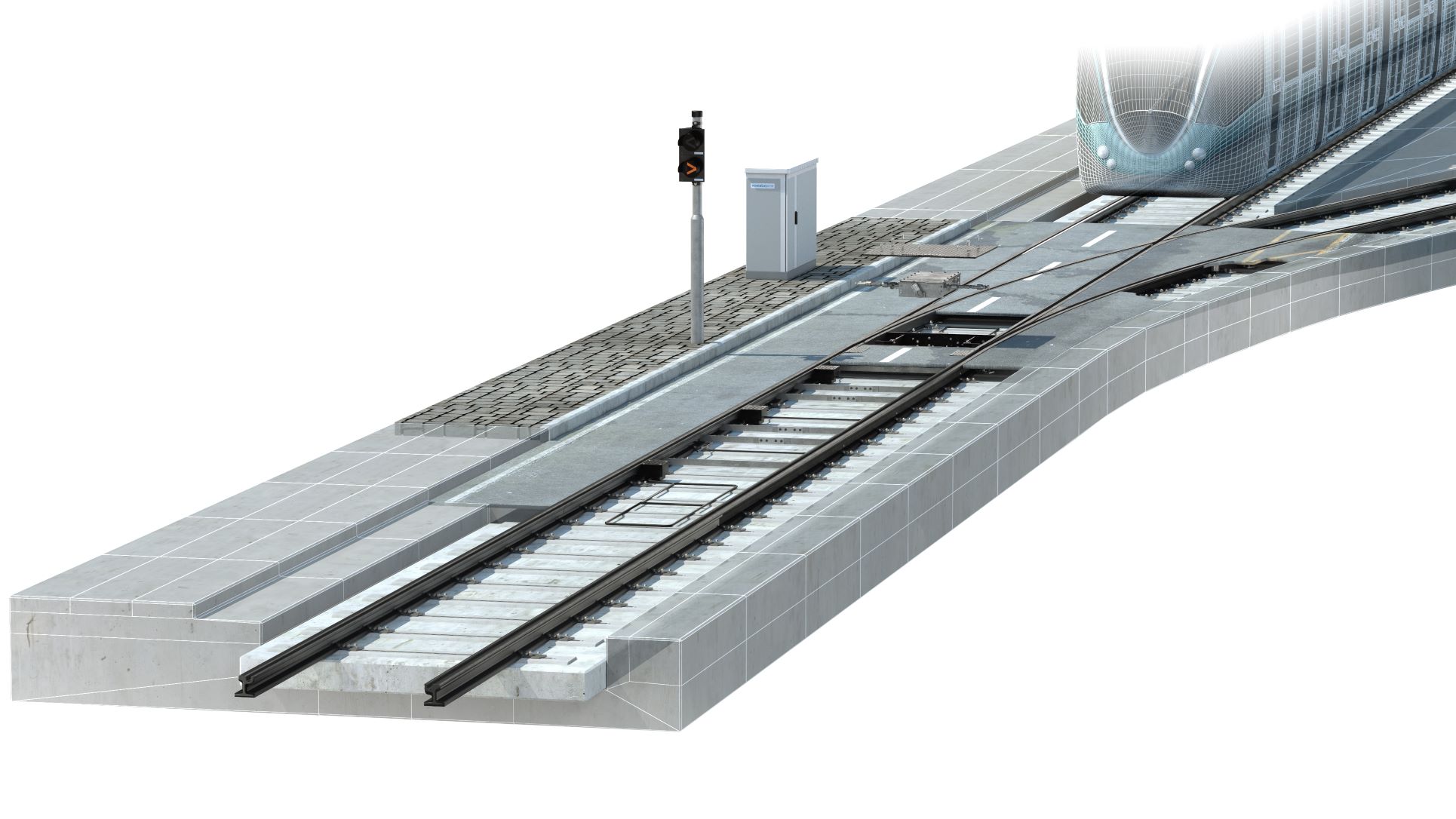Dates
Request now!
Level:
Basic
Contact
- WS Academy partner of Railway Systems
- Heidemarie Sieder
- + 43 664 8561420
- Send message

Course content
- Definition turnout
- Turnout types and systems (standardized terms and designations)
- Turnout nomenclature (geometric picture, turnout radius, final inclination, components)
- Rails (profiles and materials)
- Dependency on turnout geometry and permissible speed
- Basic knowledge of guidance, impact on component design (tongue device, crossing and check rail)
- Tongue devices (types, structure and mode of operation)
- Crossing area (crossing and check rail, types, flat and deep groove)
- Climbing turnouts - why and how does it work
- Positioning systems and their basic requirements or tasks
- Relationships between speed of travel and positioning or locking device
- Superstructures, stray current insulation, fastening systems
- Summary of the special features "turnout system" with an impact on planning, maintenance and technology aspects in urban transport
- Rails - materials, wear behavior, welding suitability
- Dependency on turnout geometry and permissible speed
- Calculation of lateral acceleration and its permissible speed-related values
- Track guidance effect on component design (tongue device, crossing, check rail and track arches), optimization options and limits of component design; Low-floor vehicle technology
- Tongue devices: designs, choice of materials, special designs
- Crossing area (crossing and check rails, types, flat and deep groove issues, special solutions, operational experience, special features for maintenance, movable crossing)
- Climbing turnouts - component design, standard turnouts, areas of application, positioning system and fastening
- Positioning systems and their basic requirements or tasks - effect on turnout construction, module systems; security technology
- Superstructures, stray current insulation, fastening systems (closer examination of the requirements for stray current and elastic mounting)
- Assembly, shipping, transport and logistics - special features depending on the turnout systems and laying system